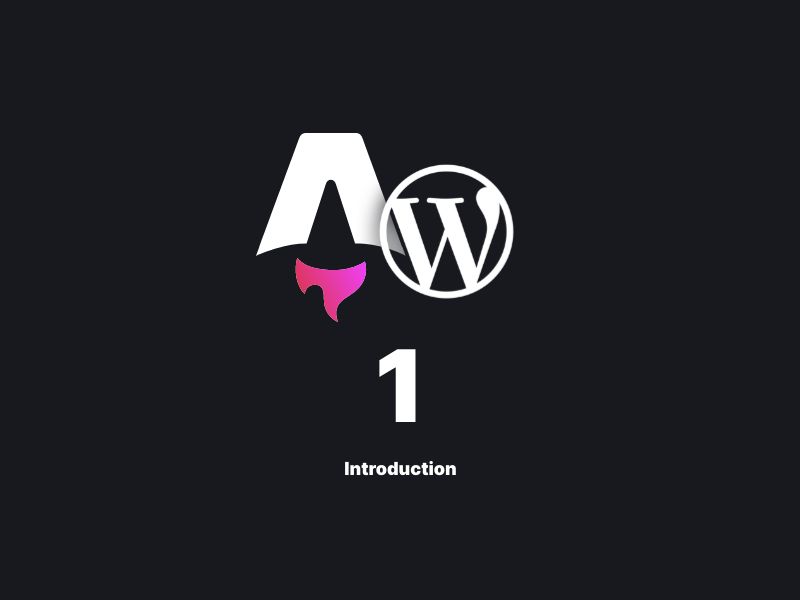· Marvin Bangemann · tutorials · 2 min read
Chapter 1 - Leveraging WordPress as a Headless CMS for Your Astro Website: A Comprehensive Guide
My journey to build up a website with Astro and Wordpress as Headless CMS

Introduction
Embarking on the development of a new Astro-based website, we’ve opted for WordPress, the world’s leading CMS, to serve as our headless CMS. This decision stems from a detailed evaluation of our company’s website needs and a desire to streamline our digital presence. Despite WordPress’s ubiquity and its perceived complexity due to plugins and an extensive user base, its market dominance is undeniable. Our choice was driven by practical business considerations, recognizing WordPress’s familiarity to our marketing team and its adaptability for future team members.
The Rationale Behind Choosing WordPress
Our selection of WordPress was a strategic business move. Its unparalleled market share speaks volumes about its efficacy and reliability. This choice, devoid of personal bias, is grounded in WordPress’s extensive adoption and ease of use for our marketing team. This decision marks a step towards refining our current digital setup and leveraging the best of WordPress’s capabilities.
Preliminary Steps and Considerations
In our quest to revamp the website, it was crucial to safeguard it against unintended alterations that could veer off our brand guidelines. To achieve this, we employed Advanced Custom Fields (ACF) to craft custom blocks, providing a controlled environment for the marketing team. This setup allows for content editing within predefined boundaries, ensuring both flexibility and adherence to our design and structural standards.
Technology Stack
Our project harnesses a robust suite of technologies, including:
- Astro for the front-end framework, enabling a modern and efficient website interface.
- WordPress as the backend headless CMS, offering a versatile content management foundation.
- Advanced Custom Fields for creating custom content blocks, ensuring content consistency and design integrity.
- Zod for robust type validation, enhancing code reliability.
- Axios for streamlined API interactions, facilitating seamless data fetching.
- TailwindCSS for utility-first styling, promoting design flexibility and ease of customization.
Learning Outcomes
By following this guide, you’ll gain insights into:
- Configuring WordPress as a headless CMS for enhanced content management and delivery.
- Integrating Astro with WordPress to create a dynamic, content-driven website.
- Managing site navigation within Astro, ensuring a seamless user experience.
- Implementing Gutenberg Blocks within Astro, allowing for a rich content presentation.
This journey through setting up a WordPress-backed Astro website not only refines our digital footprint but also empowers our marketing team with a familiar yet powerful CMS, ensuring our online presence is both robust and easily manageable.



